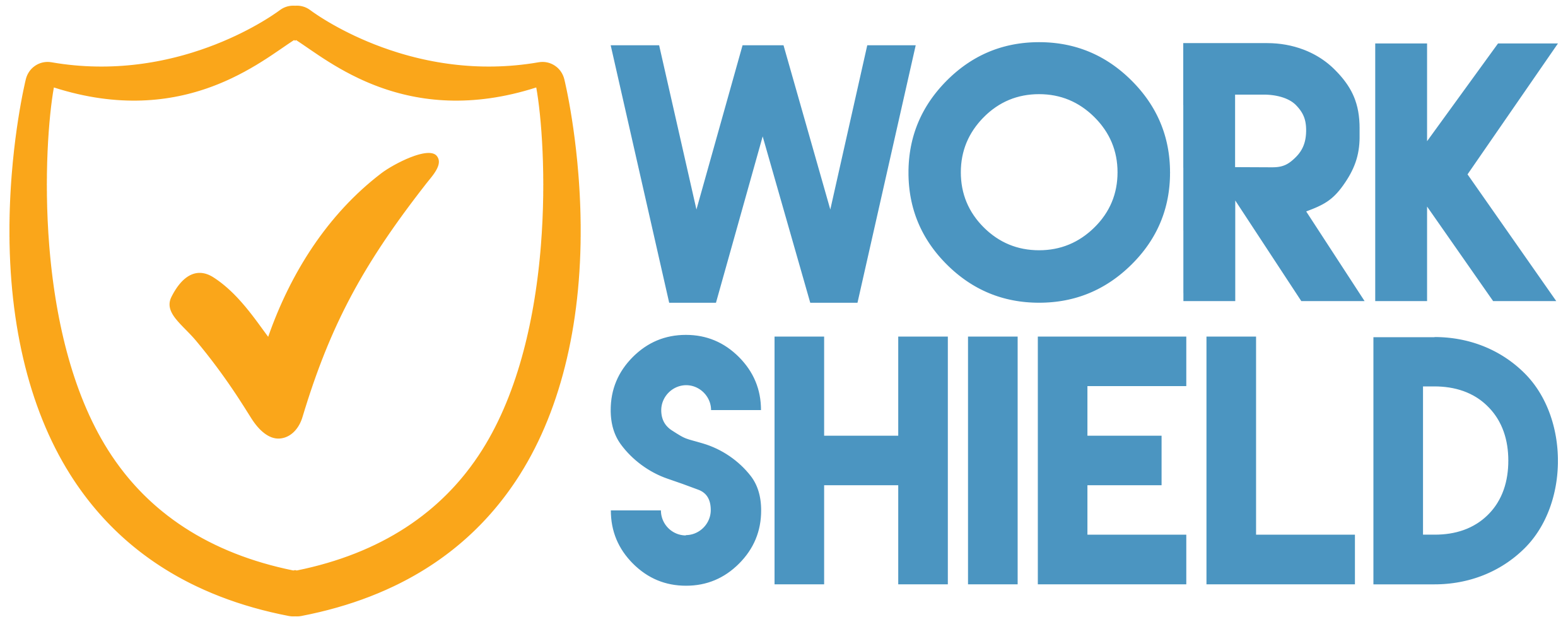Regardless of the industry or size of an organization, any scenario is susceptible to workplace conflict, according to the Harvard Business Review. Given its prevalence, organizations spend 2.8 hours a week addressing conflict in the workplace, translating to an annual loss of $359 billion in productivity and severely damaged cultures. This Workplace Conflict Awareness Month, we’ll discuss the role of conflict resolution in the workplace, the challenges of mitigating incidents, and innovative misconduct management solutions for resolving the conflict.
Importance of Resolving Conflict in the Workplace
Business News Daily recently noted that how organizations handle workplace conflict management can have a large impact on an organization’s success. When employers poorly handle incidents – or worse, choose to ignore the resolution process in general – they foster a negative environment where toxicity is normalized, creating more conflict and increasing fears of reporting, making employees suppress their experiences instead of coming forward. By not resolving workplace conflicts, employers risk destroying the employee experience, negatively affecting overall employee well-being, lowering productivity, and decreasing ROI. On the contrary, environments that quickly manage conflict tend to have more content, healthier employees who are 13% more productive than their counterparts, which helps to maintain a positive organizational reputation and ensures that current and future performance is not impacted.
Creating a Culture of Open Communication and Feedback
When considering different strategies for resolving workplace disputes, employers should remember to welcome open dialogue, transparency, and consistent feedback. Effective communication creates a safe space, making employees 76% more engaged and 29% more satisfied, while transparency encourages more employees to vocalize thoughts and experiences, thus, reducing future conflicts. Equally important, listening and actively addressing employee feedback sets a precedent that hostile conversations and toxicity will be adequately handled and not tolerated. By employers making intentional strides to improve communication – whether it’s by introducing more touch bases to gauge cultural health or simply remembering to be mindful of their demeanor, conflict decreases and employees feel safe and heard.
Work Shield’s 24/7 Reporting for Seamless Conflict Resolution
While prioritizing values of transparency and communication is vital for conflict management, implementing data-backed HR technology takes problem-solving a step further, helping employers address issues even more quickly and efficiently. Solutions like Work Shield’s 24/7 misconduct management system streamline the reporting process, offering multi-channel and anonymous reporting options. This approach empowers employees to report incidents confidently from anywhere and at any time, ensuring their voices are heard and taken seriously. Additionally, Work Shield ensures confidentiality and compliance, allowing employees to feel confident in their decisions to report conflict while granting employers peace of mind that they follow guidelines for seamless conflict resolution. As Work Shield investigates and resolves incidents four times as fast as in-house reporting, the benefits of timeliness and efficiency can not be overstated. This Workplace Conflict Awareness Month and every month, solutions such as Work Shield can transform conflict-ridden workplaces into more productive environments where employers and their employees can thrive.





